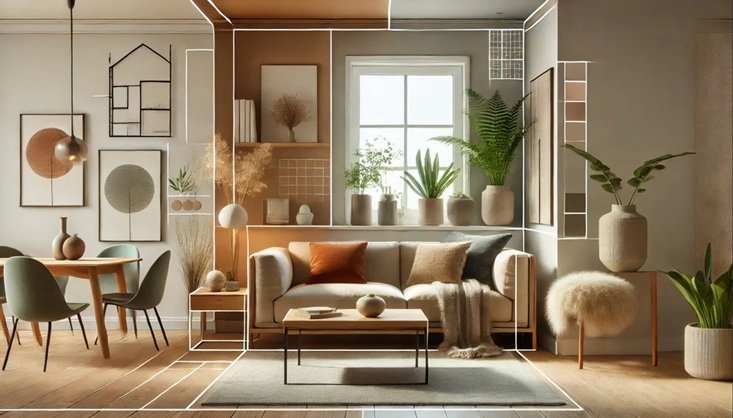You dream of surrounding yourself with comfort and coziness so your soul can relax at home—place a bet on 22Bet and see what psychologists recommend for that.
When you enter a home filled with wood—floors, furniture, even the decor—it feels like stepping into another dimension. Warm, cozy, alive. It’s as if the walls are embracing you, the air breathes calm, and the outside world fades away. This isn’t just a feeling. Psychologists are increasingly saying that natural wood in interior design can have a positive effect on people—from boosting mood to fostering inner harmony.
A Living Material – A Living Energy
Wood is a material that was once part of nature. It grew, reached for the sun, absorbed moisture, and lived through the seasons. And even after becoming part of our interiors, it somehow continues to “live.” Many psychologists believe that wood carries natural energy, and being near it helps a person feel more grounded, confident, and at peace.
Unlike cold plastic or metal, wood feels “warm”—both to the touch and in perception. Its texture, grain, and even surface patterns can evoke a sense of comfort and safety. This is especially important in moments when we’re tired, anxious, or simply seeking refuge from the chaos of the outside world.
The Scent of the Forest in Your Home
Let’s not underestimate the power of scent. Natural wood often retains its aroma—especially pine, cedar, or oak. That smell is not only pleasant; it can influence the subconscious. There’s even a term for the compounds trees release—phytoncides—which help us relax, lower anxiety, and sleep better.
Psychologists note that the scent of wood can act like a mental anchor: you breathe in this familiar, natural smell—and your brain receives a signal that everything is okay, it’s safe to relax and let go of tension. This is particularly important at home, where we want to recharge, recover, and regain strength.
The Structure of Wood and Our Inner Rhythm
Interestingly, even visual and tactile contact with wood can help the brain switch from external anxiety to internal calm. Natural patterns, lines, textures—all work like a form of visual therapy.
When we run our hand over a wooden surface or study its lines, our brain perceives it as something organic and non-threatening. This reduces cortisol levels—the stress hormone—and creates a sense of safety. It’s no coincidence that psychologist offices or meditation rooms often feature wooden furniture, carved panels, or even simple wooden decor elements.
Wood as a Tool for Self-Healing
Psychologists believe that to truly recover from stress, people need more than rest—they need a sense of their own space. Natural materials—especially wood—help create exactly that. A home becomes more than just a place to sleep or eat; it becomes a real “nest,” a place of strength.
In such a space, it’s easier to work on yourself, to find answers to inner questions, to be more patient with loved ones and the world around you. Wood seems to tell us, “It’s okay. Breathe. You’re home.” And from this peaceful state, we can make plans, dream, and act.
Simple Steps Toward Comfort
If you feel that your life lacks stability, warmth, or inner balance—try adding more natural wood to your interior. It doesn’t have to be an expensive cabinet or a massive table. Even small wooden frames, shelves, or decor items can set the right mood.
And don’t forget—it’s not only about what we see, but also what we feel. Place your hand on a wooden surface. Inhale the scent. Trace your fingers along the grain. This small, simple act can become a quiet ritual that helps you return to yourself—even on the most chaotic of days.

